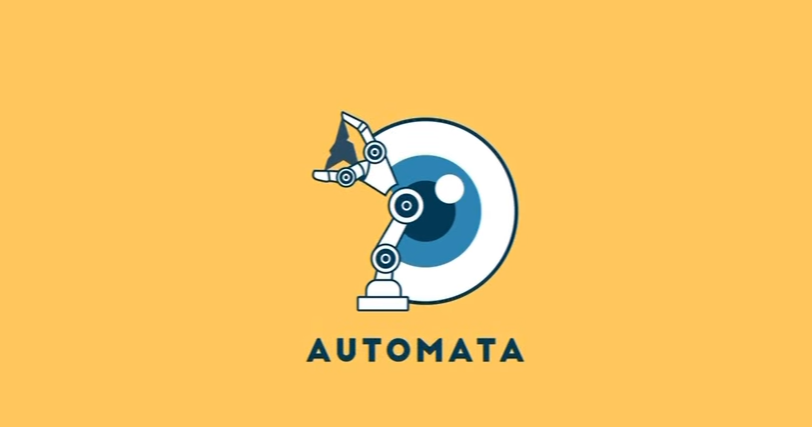Background and Context
The Archaeology Data Service (ADS) was established to collect, describe, catalogue, preserve, and provide user support for digital resources that are created as a product of archaeological research. The ADS is primarily funded by the Arts and Humanities Research Board (now the AHRC) and the Joint Information Systems Committee of the Higher Education Funding Councils for England, Scotland and Wales and the Department of Education for Northern Ireland. It is part of the Arts & Humanities Data Service. Since the establishment of its on-line catalogue in September 1998 the ADS has begun to build rich collections of quality digital data for use in learning, teaching and research. Already these include the first national and regional Sites and Monuments Records to be made available via the Internet, full-scale digital excavation archives, Internet Archaeology (the online electronic journal for Archaeology) and the archaeological components of rich inter-disciplinary data sets complementing data held by its sister AHDS service providers. Use of these collections is expanding rapidly. In September 1999 the ADS established the post of User Services Manager. The first priority for this post is to raise the awareness of the potential use of digital data held by the ADS within the Higher and Further Education sectors. The User Services Manager is developing a programme of visits to HEIs and FE colleges, but while these visits are important, they are no substitute for the use of ADS resources within the core syllabus. The ADS recognises that there is great potential for developing electronic tutorials based on existing licensed data sets which would enhance and expand their use within the DNER for learning and teaching. Electronic tutorials would be used by ADS staff, but could also be delivered by the staff of home institutions. Funds were requested from JISC to employ a research assistant to work with the User Services Manager to develop four tutorial packs which can be used either individually or collectively but together cover the full range of interaction with primary data undertaken by students following Archaeology courses.
Aims and Objectives
The overall aim of the Publications and Archives in Teaching with Online Information Sources (PATIOS) project is to increase the use of digital data available within the DNER, specifically that held by the ADS and the AHDS, by the Higher and Further Education archaeological community. The project aims to develop electronic tutorial packs to promote the use of ADS resources within the core syllabus being delivered by HE and FE institutions.
The specific objectives are to:
- Produce four web-based tutorial pack covering aspects of use of monument inventories, excavation archives, electronic publications and inter-disciplinery datasets
- Enrich users understanding of the analysis and use of primary archaeological electronic resources
- Implement the four electronic tutorial packs initially in six Higher Education Institutions
- Present a framework for the use of primary archaeological electronic resources in teaching and learning
- Enhance the ADS data collections as part of the DNER
Project Design
The project aims to provide an introduction to the use of primary archaeological data and historical documentary sources as part of the core syllabus taught by archaeology departments in the British Isles and to provide a platform for inter-disciplinary studies. A recent CBA survey has identified 45 HEI’s with archaeology undergraduate degree programmes, 18 HEI’s offering heritage or museum studies, 4 FE sector colleges offering hnd/hnc qualifications in archaeology and 10 offering similar qualifications in heritage or museum studies. Analysis of primary data also features in taught masters courses in post-excavation and field archaeology, archaeological computing, heritage management, museum studies and undergraduate history degree programmes. Computer networks offer flexibility in the delivery of education and training in a learning society. Network infrastructure improvements and technology developments (in particular the World Wide Web) are providing opportunities for the use of computers in education. The project will evaluate different pedagogical approaches to delivering teaching and learning materials on-line including existing resources. A qualitative approach will be taken which will aim to exploit the potential of network based learning for self-study and the establishment of a distributed learning community based on the resources of the DNER.
Implications, Deliverables, Stakeholders
The project will deliver:
- four web-deliverable tutorials, each averaging the equivalent of three hours of teaching content, but capable of supporting self-directed learning for much longer periods. Tutorials will be supported by documentation for teachers, but will also be usable in a distance learning or self-directed study environment.
- four enhanced data collections, available from the ADS catalogue, as part of the DNER.
- interim and final reports discussing the implementation and evaluation of the project, made available in hard copy to JISC and also disseminated via the ADS and LTSN Advisory Committees.
Ultimately, the project addresses the interests and needs of Higher and Further Education in using primary digital data in teaching and learning.
Project Team
- William Kilbride : Project Manager
- Dr Julian Richards : Project Director
- Donna Page : Project Administrator
- Kate Fernie: Research Officer
- Tony Austin: Computing Officer
- Keith Westcott: Curatorial Officer
- Jo Clarke: Curatorial Officer
Project Address
Archaeology Data Service,
Department of Archaeology,
University of York,
England YO1 7EP
Project Duration
1 October 2000 to 1 October 2003
Please now refer to the Teaching and Learning section of the ADS web site to access the tutorials developed by PATOIS. These tutorials conform to W3C standards for HTML 4.01 transitional and CSS.
Note added 27/11/06: These tutorials were redesigned to keep inline with the ADS house style in November 2006. They no longer conform to current W3C standards but will not be updated as it is effectively an archived project.






